Funded by UK Research and Innovation (UKRI), this project is evaluating a number of options to enable UK researchers’ access to next generation XFEL capability. This includes evaluating a new facility based in the UK, as well as the options of investing in overseas facilities to enhance their current capabilities and capacity.
Facility design team
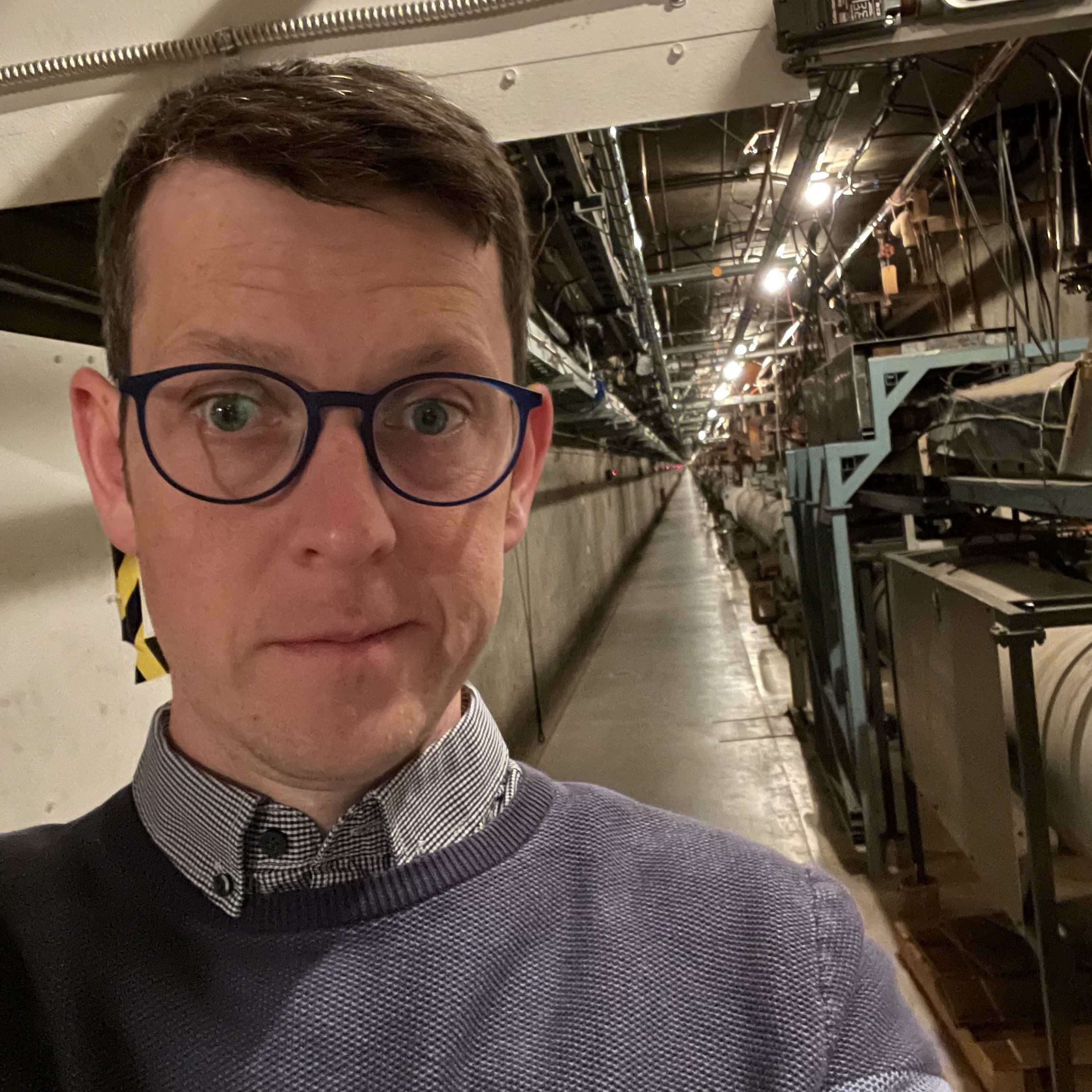
Paul Aden – Project Manager for UK XFEL
Paul, the Project Manager for UK XFEL, has been working at STFC Daresbury Laboratory for over a decade, predominantly as a Mechanical Engineer and Project Manager. In this role, he has successfully led and supervised multidisciplinary teams in the design and delivery of particle accelerators for international collaborations. Most recently, Paul was responsible for the delivery of over 85% of the proton accelerator and all of the RF distribution system for the European Spallation Source. Before joining the lab, Paul worked in the private sector manufacturing nanomechanical hardness testers, primarily in vacuum, high temperature systems for use on various surface coatings. He holds a PhD in RF Plasma Modification of Carbon Nanotubes, and a BEng in Electrical Engineering, bringing a broad variety of experience to the UK XFEL project.
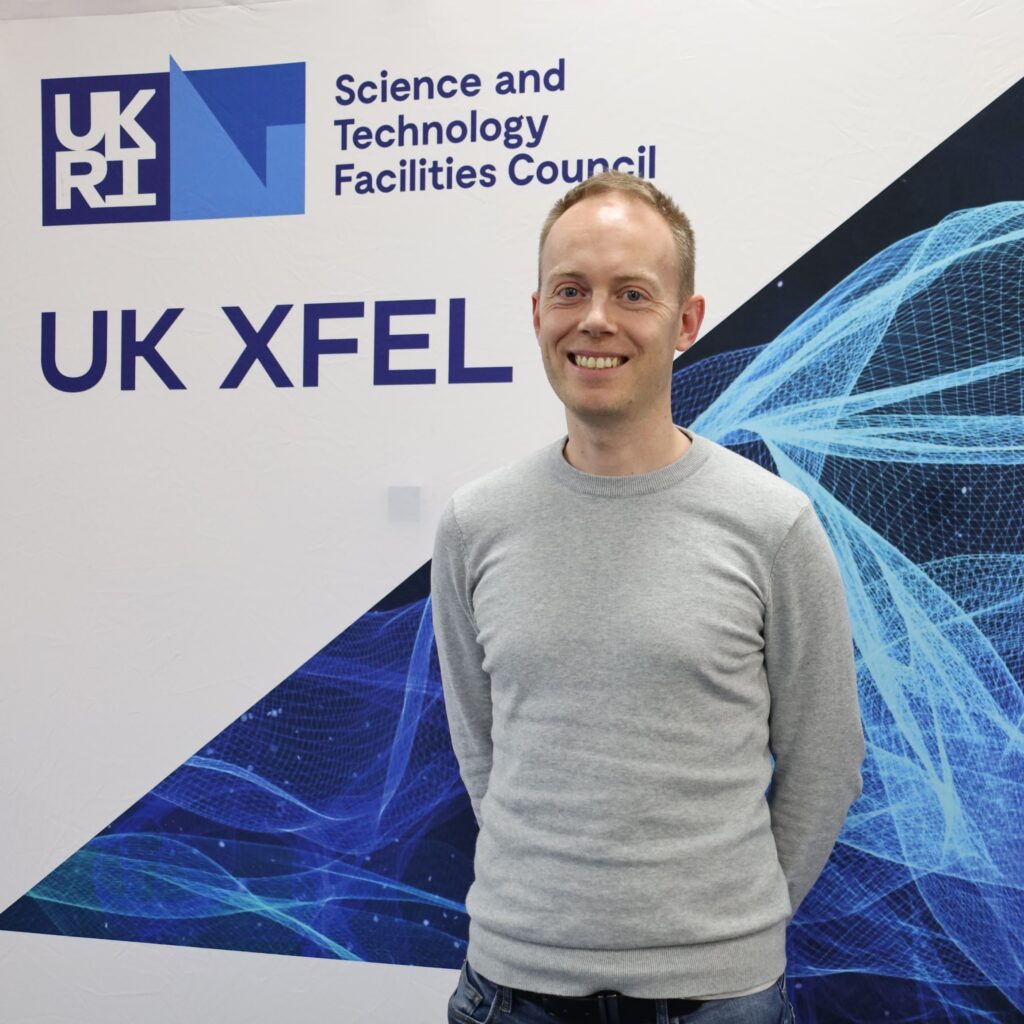
Dave Dunning
Dave is leading the option to build a next generation XFEL in the UK. He is a Senior Physicist at STFC Daresbury Lab, specialising in free-electron lasers. He was part of the team that commissioned and operated the ALICE infra-red FEL at Daresbury, and he has extensive experience in designing FEL facilities. He completed his PhD at the University of Strathclyde in 2015 on the topic of generating ultra-short pulses of light from XFELs and has published several papers on the topic. He’s played a major role in UK XFEL since the start of the Science Case phase – his role involves understanding the requirements of the various use cases and meeting them through integrating the facility design work.
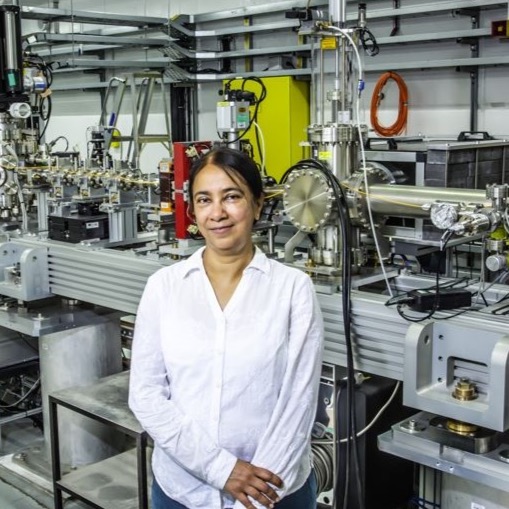
Deepa Angal-Kalinin
Deepa Angal-Kalinin is Head of the Science Division in ASTeC. She has more than 35 years of experience in the field of accelerator physics. During this time, she has contributed to the design and commissioning of several light source projects, collective effects in LHC and global design effort for International Linear Collider project. She currently leads the CLARA project at Daresbury Laboratory including the user exploitation programme. She is a member of the UK XFEL leadership team and is responsible for engaging with European XFEL/DESY.
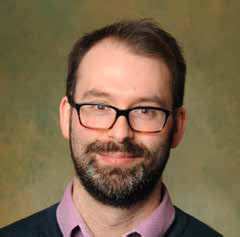
Edward Snedden
Edward Snedden is head of ASTeC’s Femtosecond Lasers and Timing Group. He leads a team of scientists in the development of advanced optical and electronic technology for particle accelerators, including the CLARA FEL test facility at STFC Daresbury Laboratory. His research interests include high-gradient acceleration and he is a member of the UK Plasma Wakefield Acceleration Steering Committee (PWASC). As a member of the UK XFEL leadership team, Edward is responsible for engaging with international stakeholders including overseas XFEL facilities. He will examine collaboration and investment options which can help deliver the advanced capabilities outlined in the UK XFEL Science Case.

Storm Mathisen
Storm is a Senior Diagnostics and Instrumentation Engineer in the Accelerator Diagnostics and Instrumentation Group of ASTeC at STFC Daresbury Laboratory. Since 2018, he has lead research and development in novel beam diagnostics systems and data acquisition systems, and provides expertise in electron beam diagnostics for users of ASTeC’s facilities. Prior to this, he carried out research at Lancaster University’s Engineering Department in microfabrication of W-band vacuum amplifiers. He graduated from Swansea University in 2016 with a BEng in Aerospace Engineering.
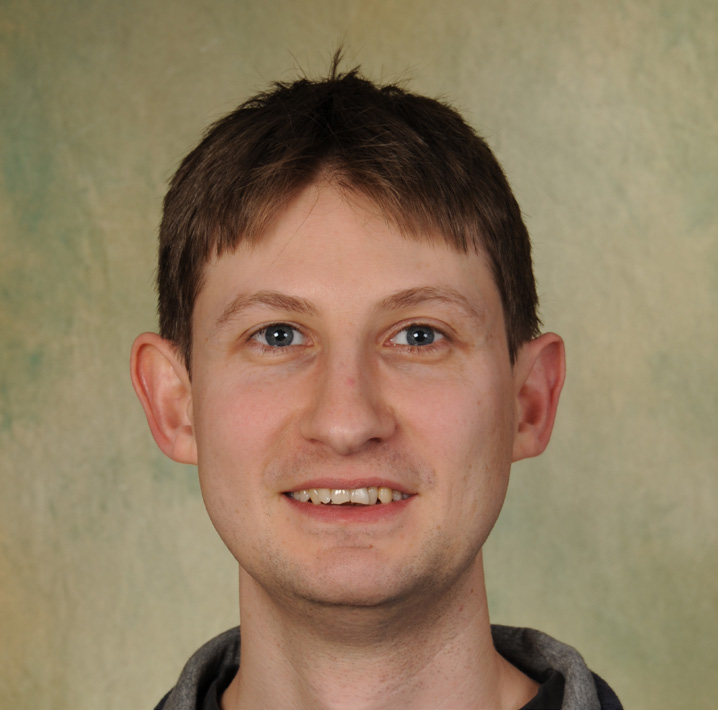
Peter Williams
Peter is work package leader for UK XFEL High Energy Beams. He is a Principal Accelerator Physicist of 18 years standing at STFC Daresbury Laboratory. Peter has made significant contributions to the understanding, design and commissioning of electron linear accelerators for UK and worldwide scientific facilities. He predominantly applies this to XFEL drivers, but also particle and nuclear physics colliders, and in the semiconductor industry. Peter is a leading expert in Energy Recovery Linacs, having more than a decade’s experience on Daresbury’s ALICE ERL driven FEL. Additionally, Peter now leads the beam commissioning of the CLARA FEL test facility.
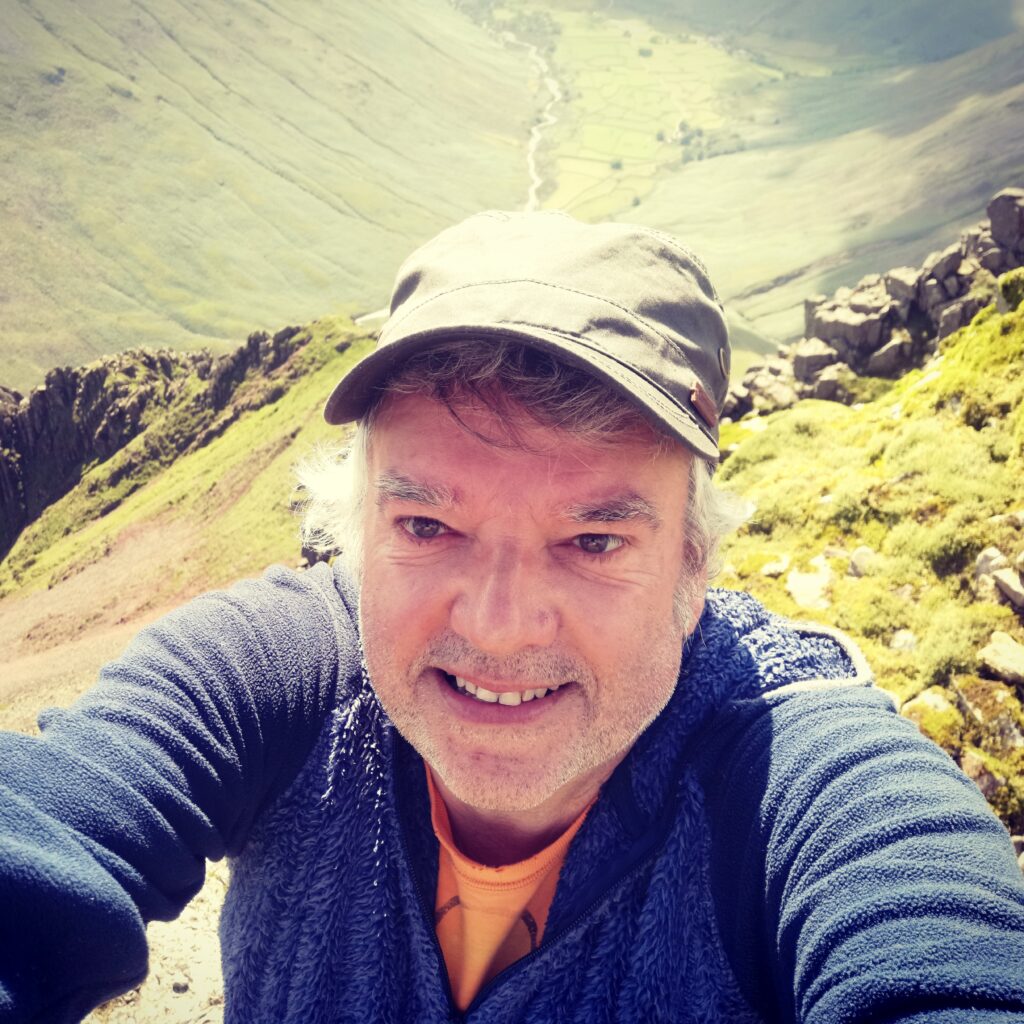
Neil Thompson
Neil’s main specialism is FEL physics and technology. He has made important contributions to several UK FEL projects, from 4GLS to the New Light Source and now UKXFEL. He led the design and commissioning of the UKs only (to date) free-electron laser – the ALICE Infra-Red FEL – which operated at Daresbury Laboratory from 2010 to 2016. Neil’s research focusses on methods of novel FEL output, from ultrashort pulse generation to new techniques for producing transform limited pulses at short wavelengths. Neil also designs accelerator magnets and undulators.
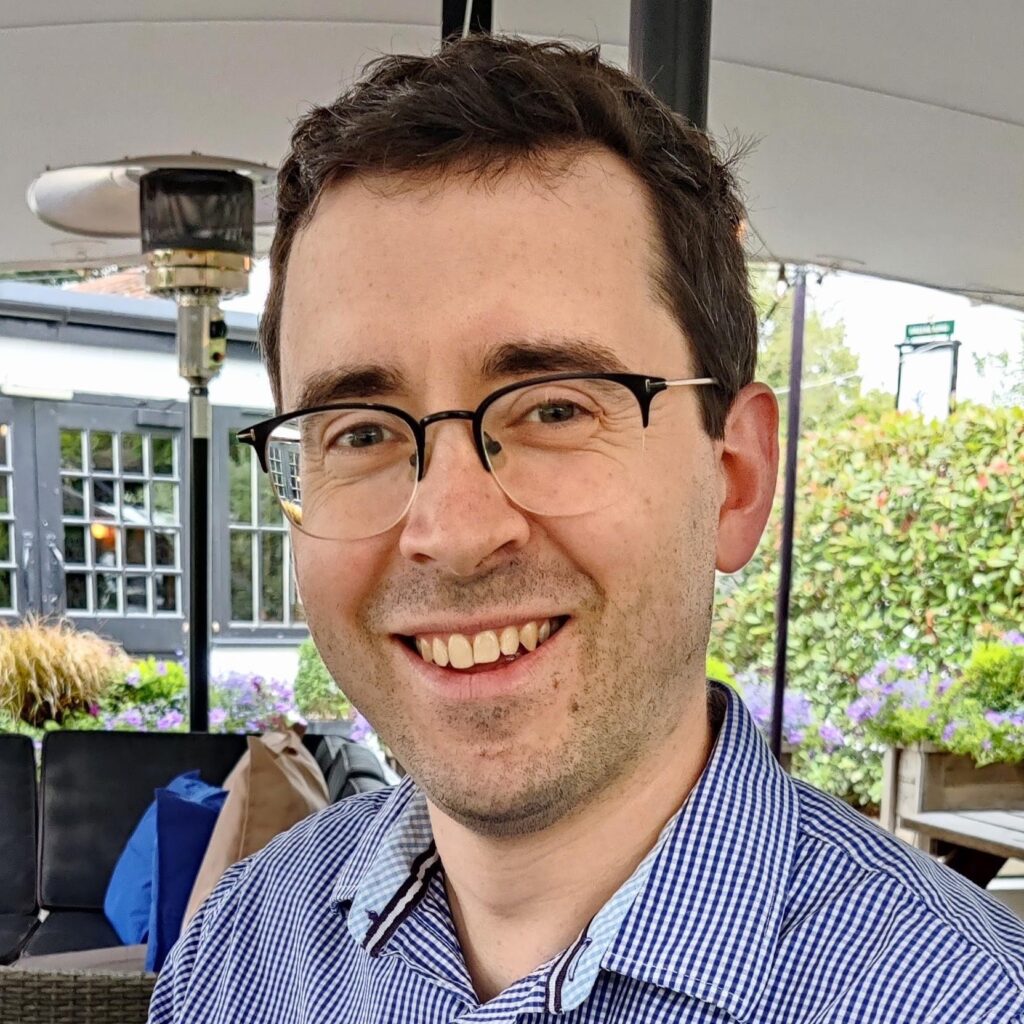
James Green
After obtaining his PhD in high intensity laser-plasma interactions in 2008 from Imperial College James joined the Central Laser Facility (CLF) at the Rutherford Appleton Laboratory working as a post-doctoral researcher studying aspects of laser-driven particle acceleration. Since 2012 James has worked primarily on the Vulcan and Gemini high power laser facilities, planning and overseeing user experiments, delivering target area upgrades, and coordinating training programmes for young scientists. His current primary CLF role is leading a work package delivering an experimental area for the newly constructed Extreme Photonics Application Centre (EPAC) which is due to be commissioned in 2025.
In 2019 James took on the role of coordinating the newly created XFEL Physical Sciences Hub, a new entity tasked with growing and supporting the UK’s XFEL academic community. Leading on from this in 2020 he joined the team producing the revised UK XFEL Science Case and is now leading the work package to deliver a conceptual design for the UK XFEL’s instruments and end stations.
Alongside his project activities James maintains an independent research program in collaboration with CLF users, currently focussed on advanced methods of controlling laser-accelerated fast electron beams.
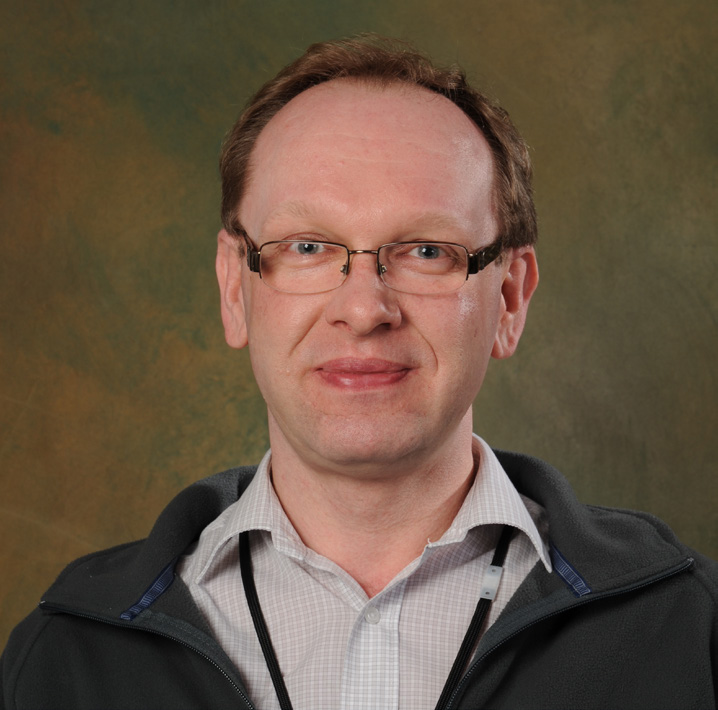
Mark Roper
Mark is a Principal Beamline Scientist working in the Femtosecond Lasers and Timing (FLT) group in the ASTeC department at Daresbury Laboratory. He is managing the photon beamlines and diagnostics work package for the UK XFEL project.
His career started on the Synchrotron Radiation Source at Daresbury where he became a specialist in the design, modelling and operation of soft X-ray beamlines and grating monochromators. He has also developed optical systems from the THz to hard X-ray on the SRS, DIAMOND and ALICE light sources, and has worked with ultra-fast lasers on the photo-injector system on the CLARA linac. He founded the Optics Metrology Laboratory at Daresbury for measuring form and texture of ultra-precision optical surfaces. His work for the FLT group spans most aspects of optical systems from design and modelling, through engineering, to procurement and installation, and commissioning and operation.
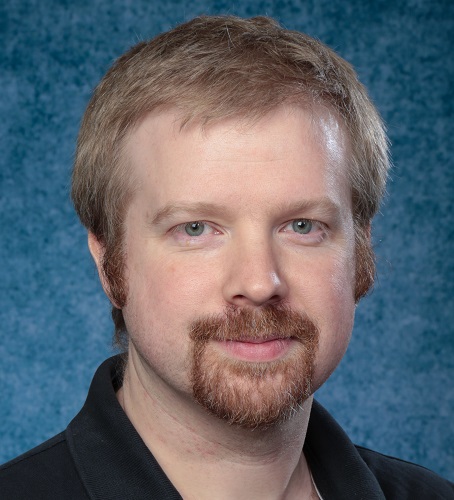
Dave Walsh
Dave is the Synchronous Sources work package lead. He first came to Daresbury as a postdoctoral researcher working on laser based longitudinal profile monitors for the CLIC project. His role as a Senior Laser Scientist is backed by an MSc and a PhD in laser science from St Andrews, and he contributes to most of the laser activities of ASTeC, as well as designing optical imaging systems. He has recently demonstrated a new electrooptic longitudinal profile measurement using CLARA. which overcomes fundamental limitations of the technique.
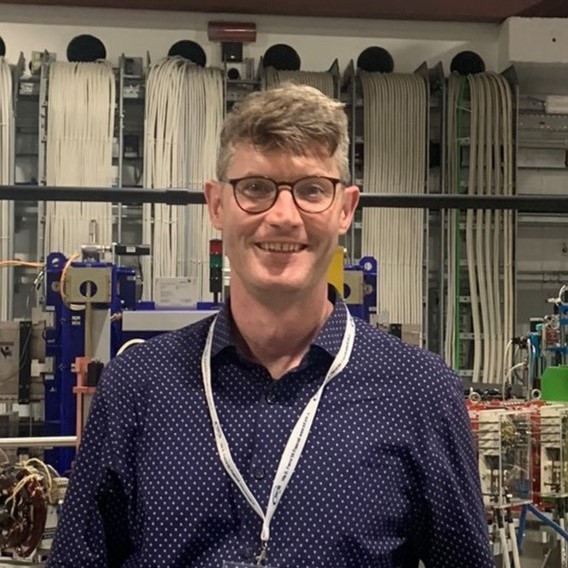
Matt Wilson
Matt Wilson is head of the Detector Development Group and Individual Merit Scientist in STFC’s Technology Department. He has over 100 publications in the area of detector development and applications and generated multi-million pounds of research funding. His group has delivered instruments to industry, universities, synchrotrons, laser facilities, neutron sources and the European XFEL. Matt joined STFC on the graduate scheme in 2006 after completing his masters in Physics at the University of Nottingham. He was originally recruited to work on the grant which funded the HEXITEC detector and has subsequently driven the increase in TRL, developed new cameras, grown a user community and overseen new ASIC designs around similar hard X-ray technology. Matt is the STFC lead for XIDyn, a new integrating detector for Diamond II and ESRF-EBS and includes the EuXFEL in the collaboration. He has projects exploring Si and LGAD detectors for lower energy X-ray applications that, along with the hard X-ray work, is well matched to the breadth of beamlines proposed for a UKFEL.
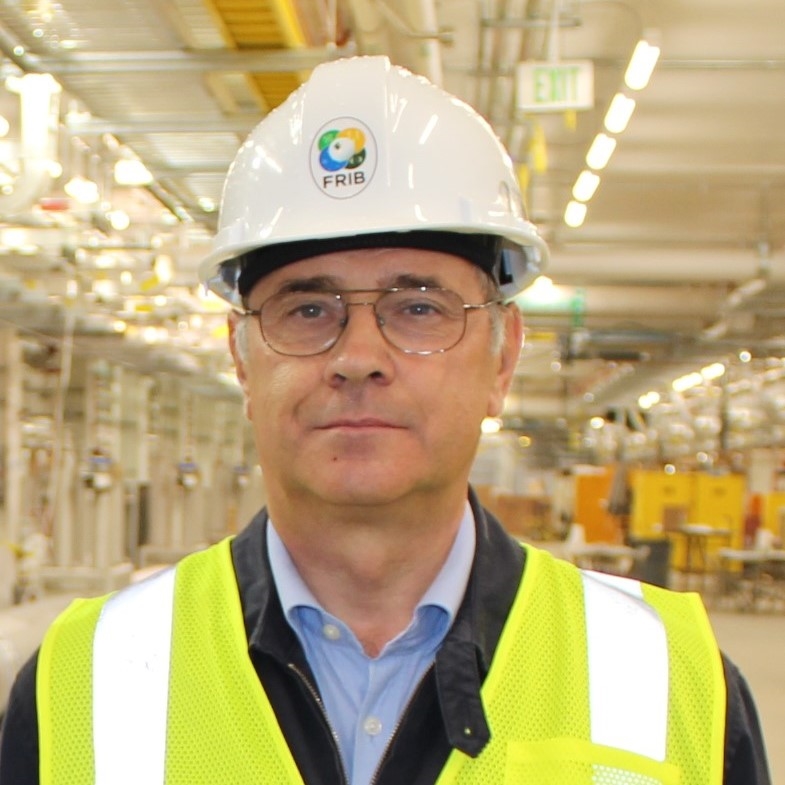
Boris Militsyn
Boris Militsyn is Lead low Energy Beam scientist in STFC ASTeC. His primary responsibility is the development of electron injectors and low energy beamlines for electron accelerators at ASTeC. During his career he participated in numerous FEL projects starting from Free Electron Maser for Nuclear Fusion (FEM) and FELICE (Free Electron Laser for IntraCavity Experiments) in Netherlands to almost all FEL projects at ASTeC (ALICE, 4GLS, NLS) during his 18 years in UK. He has also been leading the development of electron injectors for different projects such as CLARA/VELA, RUEDI and medical linacs starting from conceptual design to commissioning and operation of the machines. In the framework of UKXFEL project Boris leads the Low Energy Beamline Work Package that covers whole scope of work starting from conceptual design of the beamline to technical realisation of individual components such as photocathode gun and its infrastructure, bunch compression section and low energy booster/accelerator.
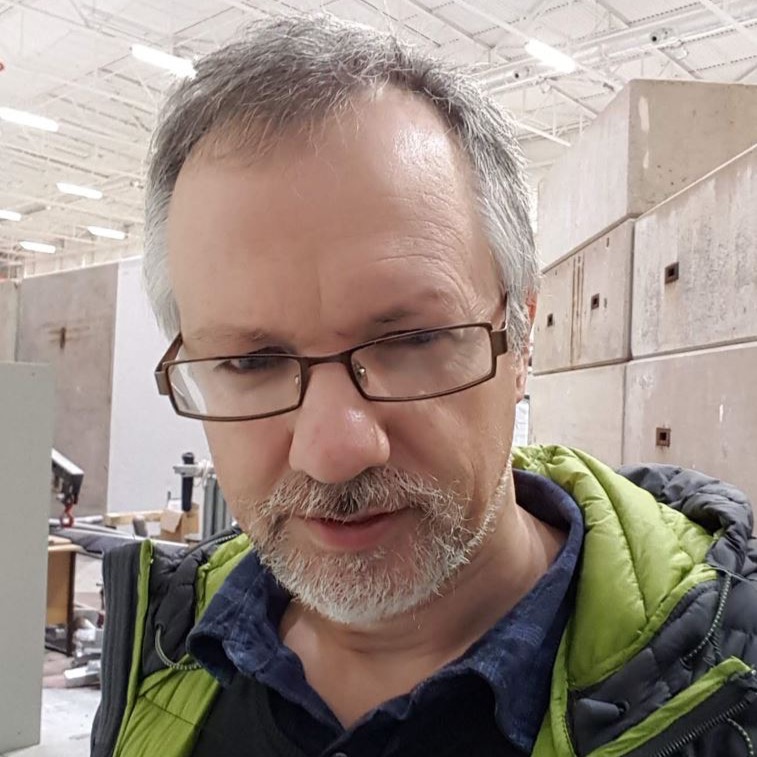
Barry Fell
Barry is Senior Engineer in the Projects and Mechanical Engineering Group of STFC Technology Department and is currently an engineering work package leader for CLARA – a 250MeV accelerator at Daresbury Laboratory (among other projects).
Barry joined STFC Daresbury Laboratory as FEA Engineer, later overseeing design and construction of several high brightness wiggler beamline upgrades at the Daresbury SRS as projects engineer. In 1999 he co-founded Instrument Design Technology Ltd, and over 4 years successfully delivered whole beamline sectors commercially. After leaving IDT, he oversaw the engineering build of Astra Gemini before returning to Daresbury in 2007. He subsequently worked on several Daresbury facilities and photocathode R&D. In addition, he was appointed as engineering work package lead on a number of larger-scale facility feasibility study CDRs (4GLS, NLS).
He will be looking at the costs, practicalities and other engineering delivery aspects of whatever options emerge as the best opportunities for the UK to deliver high impact science, through the next generation of XFEL.
Science team
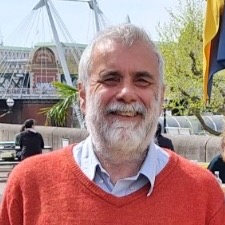
Jon Marangos
Jonathan Marangos (Imperial College) is the Science Lead for the UK XFEL Project.
He is the Lockyer Professor of Physics at Imperial College London and has wide experience of both laboratory (high harmonic generation) and facility based (XFEL) light source ultrafast X-ray science. He is the Director of the Blackett Laboratory Extreme Light Consortium (since 2001), an organisation comprising around 20 researchers working on extreme light science. His current research is in the area of attosecond science, high intensity laser-matter interactions and non-linear x-ray interaction physics. Since 2019 he has led the UK XFEL Science Case activity.
Emma McBride (Queen’s University Belfast), Awan Shakil (University of Plymouth), Paolo Raedelli (University of Oxford), Rebecca Ingle (University College London), Dan Eakins (University of Oxford), Mark Brouard (University of Oxford), Claire Vallance (University of Oxford), Elaine Seddon (Cockcroft Institute), Sarnjeet Dhesi (Diamond Light Source), Adrian Mancuso (Diamond Light Source), Andy Higginbotham (University of York), Andy Comley (AWE), Sam Vinko (University of Oxford), Marco Borghesi (Queen’s University Belfast), Malcolm McMahon (University of Edinburgh), Justin Wark (University of Oxford), Anna Regoutz (University College London), Marcus Newton (University of Southhampton), Ian Robinson (University College London/Brookhaven), Mark Dean (Brookhaven), Simon Wall (Institute of Photonic Sciences), David Rugg (Rolls Royce), Sven Schroeder (University of LEeds), David Dye (Imperial College London), Allen Orville (Diamond Light Source), Jasper van Thor (Imperial College London), Xiaodong Zhang (Imperial College London), Julia Weinstein (University of Sheffield), Russell Minns (University of Southhampton), Sofia Diaz-Moreno (Diamond Light Source), Andrew Burnett (University of Leeds), Tom Penfold (Newcastle University), Amelle Zair (King’s College London), Adam Kirrander (university of Edinburgh), Jason Greenwood (Queen’s University Belfast), Jon Marangos (Imperial College London).
